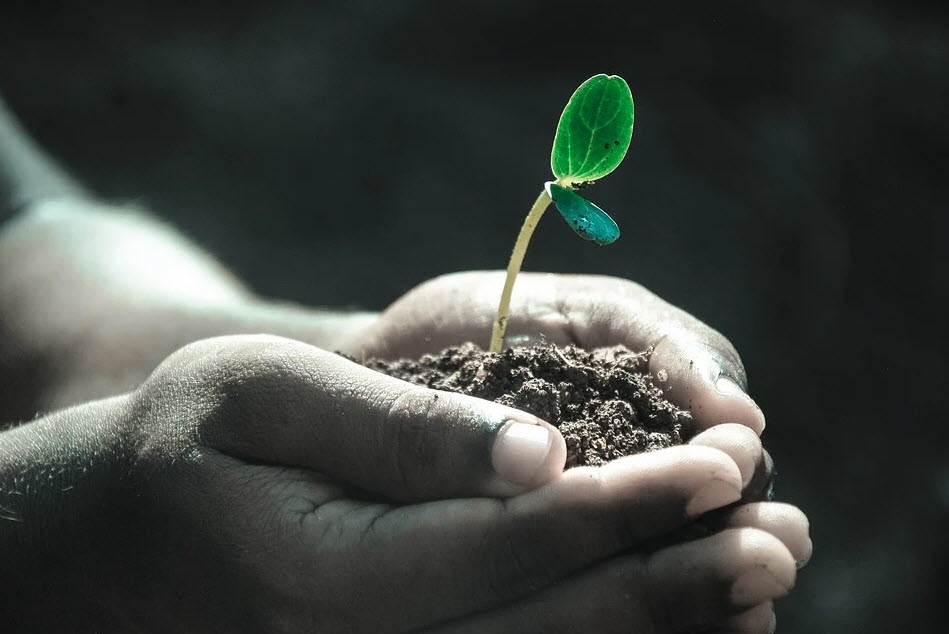Hydroponics Cloning
by Kevin
In this article, we'll cover the main aspects of the cloning process and teach you how to start to use a hydroponic system to clone your current plants.
Cloning is definitely not a new process; it's been around for ages and it has been a documented gardening procedure for centuries now. Still, over the last 3 decades, cloning has been given more and more importance, due to the need to have plants with the same genetic package growing together in a hydroponic system.
How to Use a Hydroponic System to Clone Plants

In this article, we'll cover the main aspects of the cloning process and teach you how to use a hydroponic system to clone your current plants.
Cloning is often performed naturally by plants as it is one of the main ways to propagate in the oftentimes harsh outdoor environment. It's a form of asexual reproduction that allows plants to live on through their cloned siblings, although not all plants are capable of cloning and not all clones are suitable for growing.
Tutorial video
This is what happens during cloning, regardless if it's done in nature or in a hydroponic system: a portion of a plant containing a stem and a couple of leaves is detached from the main plant (in nature, it is detached by wind, diseases and pests, whereas in a hydroponic system it has to be cut manually by the gardener) and it is used to develop a new plant with the same genetic characteristics as the "mother".
The stem is a terminal growth point in a plant and depending on the species, it can be around 5 inches in length.
A key thing to remember is that even if you provide the cloned plant with the perfect conditions inside your hydroponic system, it might still not survive.
Sometimes clones simply don't make it into standalone plants and that's why you will need to have larger amounts of cuttings to produce results.
If you're cloning cannabis plants, it's best to buy your clones from a reputable dealer like cannabis clones from Big Daddy Clones. This ensures that the plants are indeed female, as you only want a female plant since they are the ones that produce buds. While male plants are used only when you want your females to produce seeds.
Speaking of cuttings, this is not the only cloning method used in hydroponic systems.
Layering, division, budding, grafting and tissue culture are all viable methods of cloning and some work better than others with specific plants.
Taking cuttings is the most standard and popular means of cloning and it's usually given the most attention in hydroponic cloning articles, but it's a good thing to know that you may have other options in case this method proves not to be very effective with the plant you're trying to clone.
And since I talked about specific plants and their best cloning methods, let me say that most plants CAN be cloned, the one thing that separates them is the difficulty of the cloning process.
Some of the more clone-friendly plants will be very receptive to cuttings like basil or tomatoes, while others will require you to try out several other methods.
Tip to to Clone Plants
If you're going with the cutting method for your hydroponic system, here are a few tips worth taking into account:
- always use a sterile, clean razor to cut off the stem and leaves
- the cut should be swift and clean and it should be done at a 45 degrees angle
- soak some growing medium in nutrient solution, then dip the cutting in growth hormones before planting it half-way deep into the media
- make sure you don't bend the stems when inserting the cutting in the growth media
Thoughts on "Hydroponics Cloning"
 |
 |
 |
 |
Hydroponics Tips